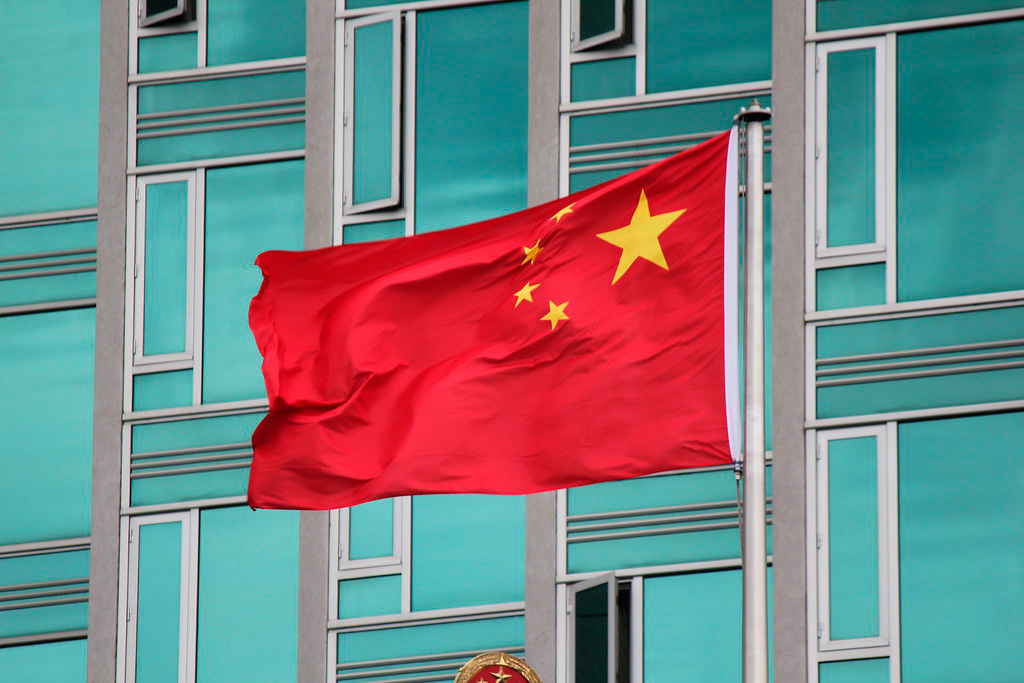No matter how hard China works to reverse its declining population, the steep increase in the number of old people is going to be a big burden for the country in the time to come. Some reports suggest China’s population is set to decrease by 48 per cent by 2100 despite the Beijing government’s severe efforts to lift the birth rate.1 However, the number of old people is set to increase to 402 million by 2040, which would be around 28 per cent of the total population of China, according to the World Health Organisation (WHO). 2 There are high possibilities that China’s quarter population cross the age of 60 by 2030 only.3 It means China is set to witness the scarcity of manpower very soon, while the ageing population continues to grow at a constant pace. All this would have a negative impact on China’s economy, socio-economic development, and its quest to become the biggest superpower.
In 2022, China saw 9.56 million births against 10.41 million deaths. This meant deaths outnumbered births by 8,50,000. It was for the first time since the 1960s when the Great Leap Forward policy led to millions of deaths.4 One-Child Policy that started in the 1980s to control the population has turned out disastrous for China’s workforce situation now. The age-dependency ratio– the proportion of children and retired people to the working-age population–is increasing. It grew from 37.12 per cent in 2010 to 44.14 per cent in 2020.5 This means the working population in China is decreasing. Wang Feng, an expert on China’s demographics, said China would cease to be a country with the young, vibrant and growing population. “In the long run, we are going to see a China the world has never seen.”6
Beijing government has come up with several schemes and subsidies to reverse the population decline trend. It has allowed couples to have three children now. Parents are being offered leaves, subsidies, and monetary assistance. However, there has been a poor response from Chinese couples, thanks to punishments given for violating the One Child Policy in the past, and now the higher costs of raising kids. 78 Many women do not want more than one child now as they are concerned about expensive education, skyrocketing house prices, work pressure, and, more importantly, discrimination in the workplace. “There’s too much pressure on education, the competition is too fierce – it just drives people crazy and we don’t want to join that game,” said Beijing resident Jenny Wu.
An online survey by the state-run news agency Xinhua showed that over 90 per cent of women rejected the government’s appeal to have three children.9 Only 5-6 per cent of couples preferred to have a second child.10Moreover, many women are preferring to stay single or get married late. Some do not want to have kids at all.11,12 Even those ready to have more kids just do not believe the communist party government’s decision, which they say may create complications in the future.13 This trend marks the Beijing government’s projection of adding over 30 million people to China’s workforce by 2050.14
Experts believe China will not be able to reverse the trend and restore its working labour force. Demography expert Philip O’Keefe said “I don’t think there is a single country that has gone as low as China in terms of fertility rate and then bounced back to the replacement rate.”15The labour shortage in China due to the demographic bomb would translate into lower tax revenue while the expenditure on pensions and healthcare for senior citizen grows. The long lockdowns due to the Covid pandemic have disrupted overall life in China, causing a negative impact on its economic growth. China’s economy grew at just 3 per cent in 2022 when Beijing had projected 5.5 per cent. In such a scenario, the high age-dependency ratio is likely to impede its economic growth and thus the journey that is aimed at challenging the United States as the world’s largest economy.
1 https://www.thelancet.com/pdfs/journals/lancet/PIIS0140-6736(22)02410-2.pdf
2 https://www.who.int/china/health-topics/ageing
3 https://www.bloomberg.com/news/articles/2023-01-17/what-china-s-falling-population-means-for-the-country-s-future-and-economy?leadSource=uverify%20wall
4 https://www.removepaywall.com/article/current
5 https://www.bbc.co.uk/news/world-asia-china-64329890
6 https://www.nytimes.com/2023/01/16/business/china-birth-rate.html
7 https://www.theguardian.com/world/2008/jan/21/china.taniabranigan
8 https://www.scmp.com/news/china/politics/article/3135815/too-much-pressure-mixed-reaction-chinas-new-3-child-policy
9 https://www.scmp.com/news/china/politics/article/3135815/too-much-pressure-mixed-reaction-chinas-new-3-child-policy
10 https://theconversation.com/chinas-three-child-policy-is-unlikely-to-be-welcomed-by-working-women-162047
11 https://www.niussp.org/fertility-and-reproduction/breaking-down-the-decline-in-fertility-and-births-in-china/
12 https://www.npr.org/2018/07/31/634048279/chinas-marriage-rate-plummets-as-women-choose-to-stay-single-longer
13 https://photo.sina.cn/album_61_40602_38508.htm?ch=61&vt=4&hd=1
14 https://www.businessinsider.com/china-two-child-policy-will-add-30-million-workers-by-2050-2015-11?r=US&IR=T

